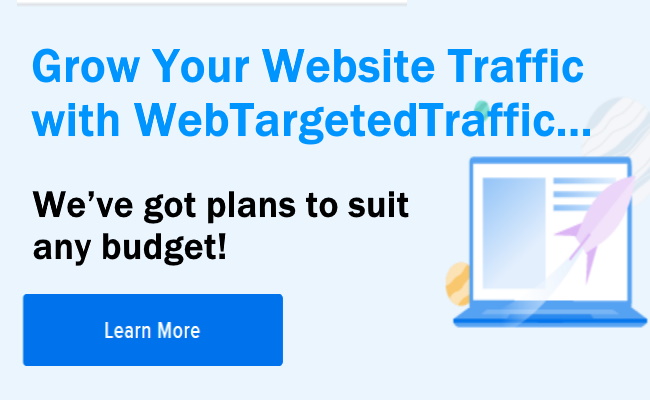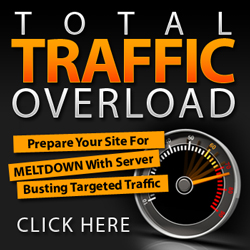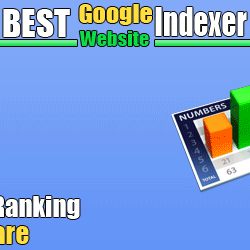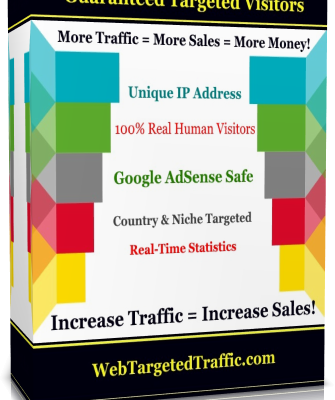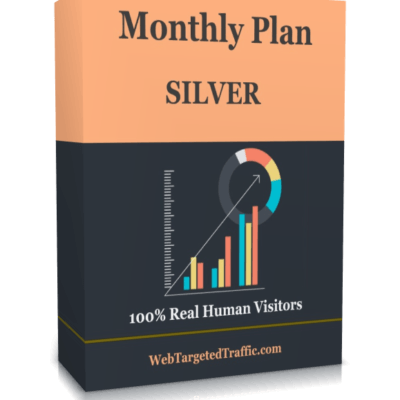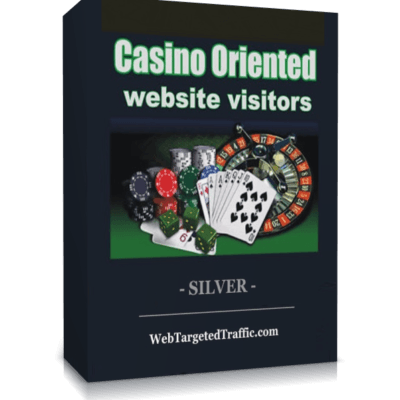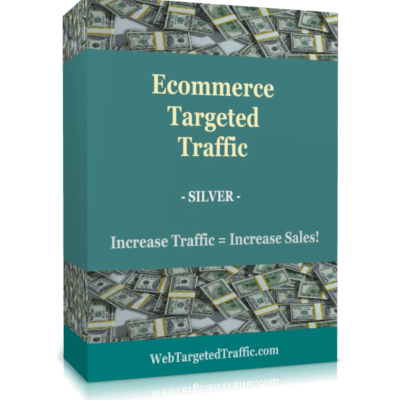Increasing traffic to your website can be the most cost-effective way to increase your sales, which means you need a solid strategy for growing your online audience.
In that spirit, we want to introduce some cost-effective methods to drive traffic to your website. For those of you who’ve been in business for a while, you may know several of these options. But even experienced online entrepreneurs can learn how to optimize these promotional techniques.
We’re going to break your options down into two categories — free and paid — and give you some of the pros and cons of each.
Table of Contents
Cheapest Ways to Increase Traffic to a Website
Social media
It’s pretty obvious that many small businesses now use social media to help drive traffic to their websites, with many businesses using Facebook, Instagram, and TikTok as their channels of choice. While organic social growth doesn’t necessarily require money, it does take time and patience.
When using social media to drive traffic, make sure you keep a consistent posting schedule and share content from other websites as well as your own. Too many small businesses refuse to share any info that doesn’t directly relate to their business.
Next to that, when sharing website content on social media, it’s a good idea to tailor the caption/content of your posts to audiences on social platforms. You need to keep in mind that social media and websites are two distinct mediums. People much prefer short and bite-size content on platforms like Instagram or Facebook, so there’s no use in pasting a link to your 2000-word article and be done with it.
Crafting content specifically for social platforms and using that as a “teaser” to drive users to your website is a good way to do this. For example, you can make a short TikTok/Instagram video using the summary of content from a blog post and ask users to swipe up to read the full article on your website.
Evergreen content
Evergreen content is basically content that has a long “shelf-life” and requires little maintenance to stay “fresh”. It’s the kind of content that stays relevant long after you publish it. For example, that can be your “how-to” blog posts. “How to make pepperoni pizza”, “How to choose shoes for hiking”, “How to lose weight”. As you can tell, there will always be demand for these topics.
Evergreen blog posts should be optimized for SEO, as you want to use their relevancy to drive organic traffic to your website. Unlike timely content that quickly loses pageviews after a short while, you’ll see a steady stream of traffic coming to your evergreen posts over time.
Not to mention, creating and posting evergreen content helps you establish authority in a particular subject, which is critical for attracting new customers. However, you must ensure that the evergreen content you want to create is relevant to your website. Don’t write posts on topics that are easy to rank – but have no relevance to your business and main audience – just for the sake of attracting searchers.
And while evergreen posts stay relevant for a long time, they won’t stay that way forever. So it’s always good to revisit and update them once in a while.
Guest posting
In addition to creating evergreen content for your own site, take the time to write for someone else’s. Don’t forget to ask them to place a link to your website/content. This can give you a sudden boost in traffic (since you’re tapping into an entirely new audience). But it can require lots of work to set up. You’ll need to do some networking and earn the trust of the outlet you’re trying to write for.
If you’re just looking for another place to post content, some businesses choose websites like Medium.com, which is easy to write for but can leave your content buried. Creating a relationship with someone in your field and guest writing for his or her audience is much more fruitful.
How Do You Get Organic Traffic?
1. Find the core keywords that match your website’s goals, your industry, and offering.
2. Optimize your website and all of your on-page content for search engines.
3. Focus on Google, but add peripheral search engines like Bing, Yahoo, and DuckDuckGo, to your list.
4. Claim your Google My Business listing.
5. Submit your site to online directories like Yelp, Annie’s List, and TripAdvisor, among others
6. Scour Q&A sites like Quora and look for relevant questions you can create content about.
7. Optimize content with relevant keywords, particularly long-tail keywords signaling intent
8. Get news websites to cover your business and link to your site.
9. Invest time in blogger outreach to see which influencers and industry thought leaders you can reach out and link to your site.
10. Join relevant online discussions on sites like Quora and Reddit.
11. Monitor Google Trends for keyword ideas and trending topics you can write about.
12. Write killer headlines that grab people’s attention and encourage them to click on your article links.
13. Link internally so other pages in your site get attention and a bump in traffic.
14. Make sure your website is optimized for mobile to increase your mobile search rankings.
15. Optimize your site for local search, that means including your city or state in your target keywords.
16. Consider using remarketing on Google Ads for brief periods to drive traffic and sales on your site.
17. Use HARO to look for opportunities to appear on roundups, similar to the one below.
Email marketing
Email isn’t the most exciting option for marketing anymore, but it’s been around a long time for good reason. Actually, email marketing boasts one of the highest returns on investment (ROI) of all marketing channels.
It is a cost-efficient and time-effective way to drive traffic to your website. And it’s proven to increase awareness of your business, generate repeat sales, and boost revenue. This is because you’re communicating with subscribers who already had some forms of contact with your business. By providing useful website content, updates, and promotions, you may persuade them into buying from you.
Make sure to not spam your subscribers with too many emails, as that might be annoying for them. They may even develop a negative experience towards your brand, unsubscribe from your newsletter, and decide to not do business with you. So, do plan your emails carefully, and try to provide value in every email you send out.
Not to mention, email marketing is especially useful for its real-time qualities. There are reports showing who opened your campaigns, what links they clicked, and how engaged they are. This allows you to easily measure the success of your campaigns, then adjust your strategies accordingly.
Affiliate programs
An affiliate program is a deal between a business and a content publisher. Sometimes this is referred to as “performance marketing.” Why? Because you can set the terms of engagement, paying the publisher who is promoting your content based on the number of clicks or sales they send your way.
Usually, these partnerships are set up through a network, such as the CJ Affiliate network. The network will help ensure your promotions get in front of an interested audience, but you should vet the options thoroughly to see if they’re a good match for your business.
Press Releases
Distributing press releases can help you build brand awareness and generate traffic to your site since they are still widely used by news outlets looking for stories to cover.
If done correctly, your press release can be picked up by multiple outlets, which means more eyes on your business and your content. In addition to attracting visitors, your release may also lead to contact with a reporter or two, which can certainly help with marketing down the line.
Depending on the distribution service you use, your press release can be sent to vastly different outlets. While the distributed press release may not have much SEO value, it does generate great exposure for your story.
Target the Right Keywords
Not getting the traffic you had hoped for? It is possible that you are optimizing for the wrong keywords. The best strategy isn’t necessarily aiming for the keywords with the most traffic. The best strategy for small businesses is to aim for more long-tail keywords, this means there would be less competition but have the potential to drive low quantity but high quality traffic to your site.
If you are optimizing for several of these long-tail keywords you are likely to receive a decent amount of traffic, compared to trying to optimize for a more competitive keyword and not being found.
Remember it’s not about quantity of traffic but quality.
Final thoughts: Find what works for you
There are many ways to drive traffic to your website. So, find out what works best for you. Analyze your options based on the goals, capabilities, and resources of your business. Then get to work and watch your page-views grow!
Ready to Drive Targeted Traffic to Your Website?
Now that you have these tactics in your toolbox, you should be able to put together a simple strategy for getting more people to your site. Remember, though, that this isn’t a one-off exercise, nor do you have to try everything at once or use only one tactic at a time.
Try something. See if it works. If it fails, stick at it a little longer but bring something else into your roster. Most importantly, make sure the technical aspects of your site are running smoothly — if you need targeted audience, for example, we’ve got plans to suit any budget!

